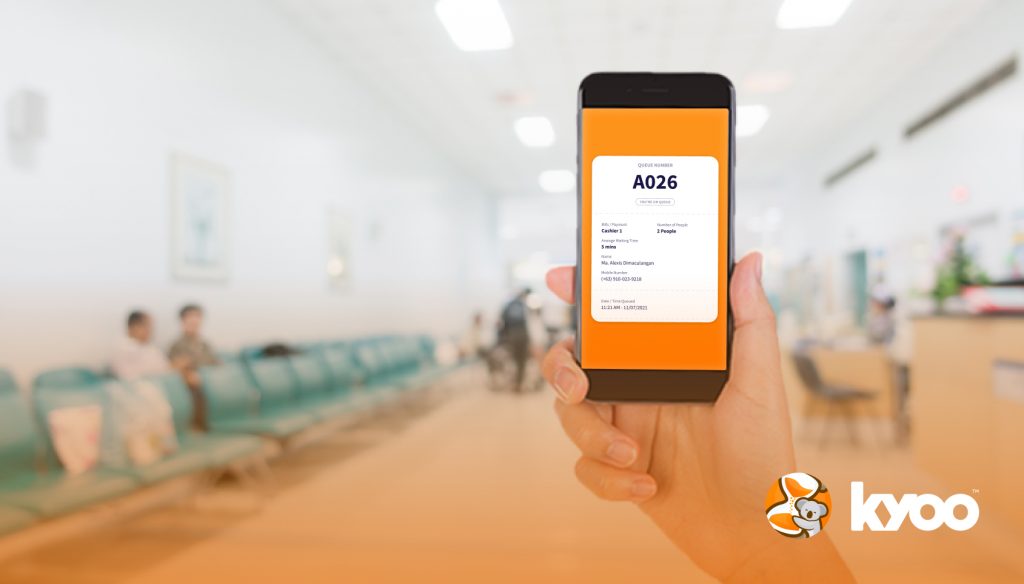Patient satisfaction has emerged as an increasingly important issue in health care. There is always a need to identify which aspects of a service require improvement. When you’re going into your hospital for a regular checkup, you expect great service and a bit of a pricey bill. Unfortunately, no matter how much money you pay, you still are powerless to speed up the process. As a patient, you want to experience the highest quality of care to satisfy your needs without the agony of waiting. So, is it truly realistic to create a better patient experience just by managing the time for waiting?

Thanks to digital automation, the integration of queue management systems has positively impacted the way lines work. A queue management system reduces waiting times which means more efficient service and more people served. This is especially important in the health sector as it means more lives saved.

Furthermore, waiting time has been identified as an important indicator of patient satisfaction. Increased waiting time adds to the patients’ indirect expenditures of participating in an emergency department visit. A longer waiting time may lead to patient disappointment and a loss of control/patience. To manage such expectations, you need to align the perceived waiting time and the actual waiting time of the patients.
Perceived waiting time is the expected amount of time for a service while the actual waiting time is the real time process of waiting for the service. As the gap narrows between the two, patient satisfaction increases. With a queue management system, it is easy to handle long queues and give an accurate, if not exact, estimate of waiting times for patients. People come in as scheduled in the system to avoid overcrowding while the atmosphere is stress-free all because you used the right tools to manage expectations.